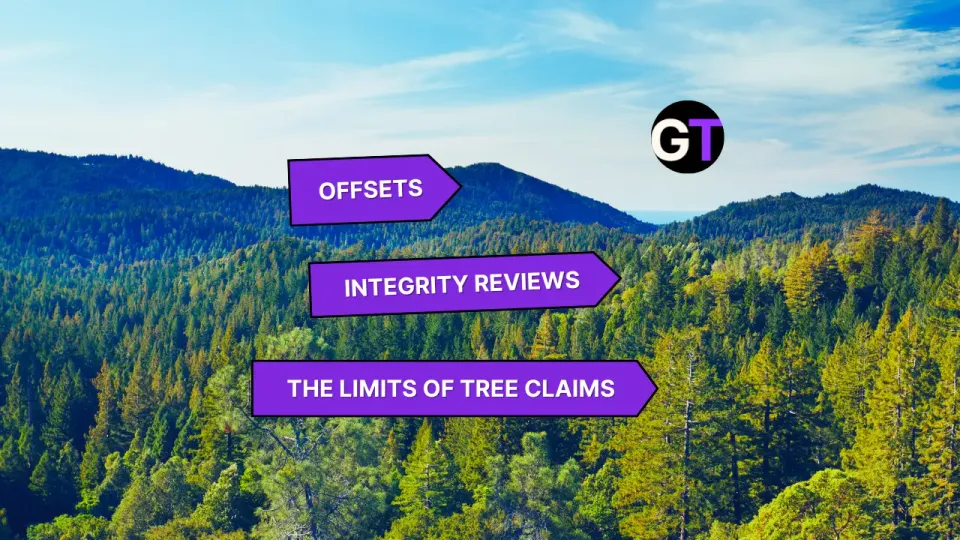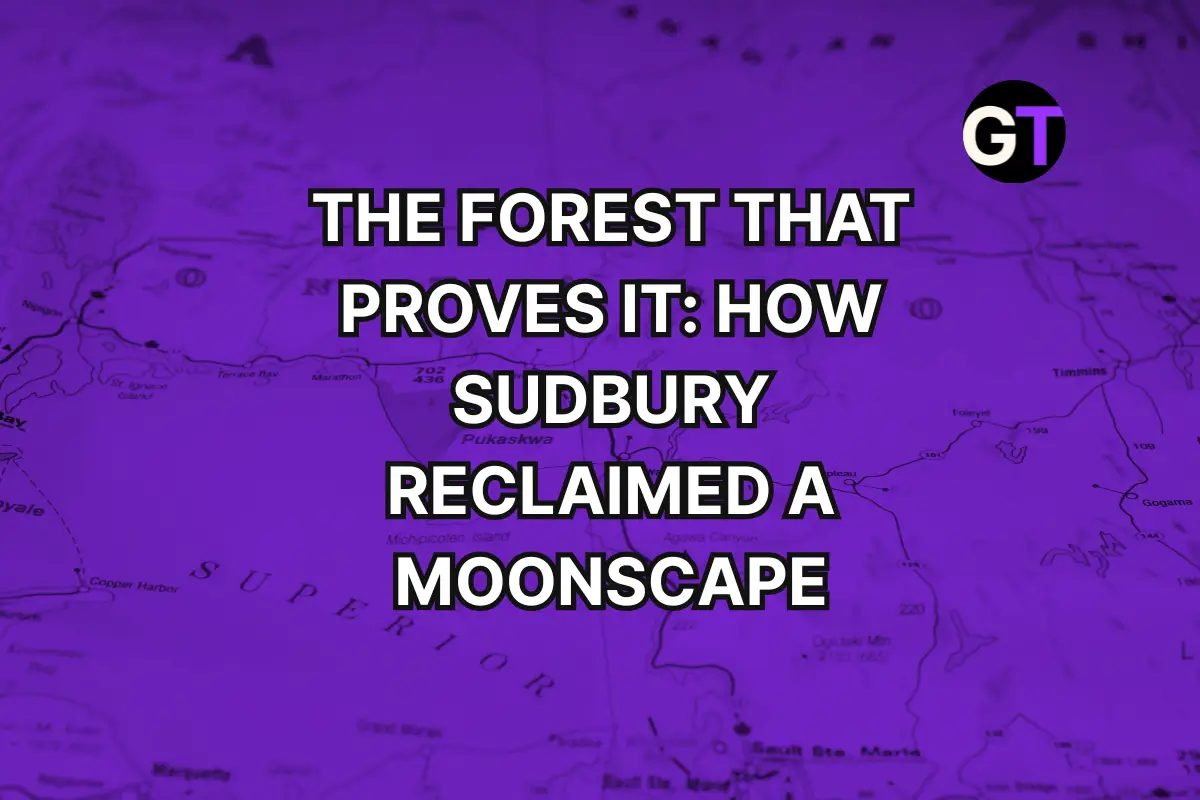Weekly Forest News, April 18
New forest data, bipartisan wildfire bill, 1M trees in the South, and reforestation lessons from Colorado to Costa Rica.

Fix Our Forests: Bipartisan Bill Aims to Tame Wildfires and Revive U.S. Forests
In a rare show of across-the-aisle agreement, Western senators have rolled out the Fix Our Forests Act, a sweeping bipartisan bill designed to modernize federal forest management and take the fight to catastrophic wildfires. Spearheaded by Senators Padilla (D-CA), Curtis (R-UT), Hickenlooper (D-CO), and Sheehy (R-MT), the bill tackles wildfire risk with tools like faster permitting for forest treatments, support for fire-resilient construction in vulnerable communities, and the creation of a National Wildfire Intelligence Center (yes, that’s a thing now). It’s a response to a fire crisis that’s only getting worse—2024 saw nearly 9 million acres scorched nationwide. With climate change turning forests into tinderboxes, lawmakers say this is the kind of all-hands, all-lands approach we need before the next fire season makes headlines.
Can Congress finally outpace wildfire season with policy that’s smarter, faster, and ready to burn through the red tape?
👉 👉 Read more in the Tahoe Daily Tribune
Can Planting Trees Save Our Thirsty Future? Maybe, But It's Complicated
What if solving the water crisis was as simple as planting more trees? According to Engel et al., the answer is a hard “kind of.” Their mega-study dives into whether large-scale tree cover changes—think afforestation on steroids—can cancel out climate change’s nasty side effects on future water availability. By mashing together data from five top-tier climate models, tree growth projections, Budyko hydrological models (yes, that’s a thing), and a moisture-tracking system that sounds like sci-fi (UTrack), they found something fascinating: climate change and tree planting can impact water runoff almost equally—but in opposite directions.
In other words, tree cover could balance the hydrological books. But (and it’s a big but), the impacts vary wildly depending on where you are. In some river basins, tree planting makes things wetter, while in others, it dries things out even more. Moral of the story? Afforestation is not a one-size-fits-all solution—it could be your climate hero or your water villain.
What do you think—should we be reforesting like crazy or pumping the brakes before we dry out half the planet?
👉 👉 Read more in Copernicus
Reforestation, Refined: World Bank Report Says Carbon Crediting Can Power Nature-Based Climate Action
Nature’s back on the balance sheet. A fresh report from the World Bank highlights how high-integrity carbon crediting—especially from nature-based solutions like reforestation—can help unlock the billions needed for climate goals in developing countries. The report stresses that carbon credits from forests and land use have untapped potential to drive real emissions reductions while supporting biodiversity and community benefits. But it’s not a free-for-all: integrity is key. The World Bank calls for strong governance, legal clarity, and measurable outcomes to ensure these credits aren’t just greenwashed promises but real, finance-worthy climate wins.
💬 Can forests finally get paid their worth in carbon markets?
👉👉 Read the full report from the World Bank
1 Million Trees Later: Andriaki and Arbor Day Carbon Reforest the Mississippi Valley
In a green-powered partnership, Andriaki and Arbor Day Carbon have bankrolled the planting of 1 million native trees across the deforested Mississippi Alluvial Valley, with help from local partner GreenTrees—the planet’s top verified reforestation credit program. The effort targets degraded farmland once cleared for crops like corn and cotton, aiming to revive ecosystems, support wildlife, and generate verified carbon credits. It's a prime example of corporate ESG meeting boots-on-the-ground restoration.
💬 Can large-scale reforestation rewrite the future of America’s most deforested floodplain?
👉👉 Read the full story on MarketWatch
Restoring Tropical Forests: Is Planting Clusters of Trees a Cost-Effective and Ecologically-Sound Strategy?
Karen D. Holl (University of California, Santa Cruz) and Rakan A. Zahawi (University of Hawai'i, Mānoa) conducted a multi-site study in southern Costa Rica to evaluate tropical forest restoration strategies. They compared natural regeneration, plantation-style tree planting, and applied nucleation (planting clusters of trees to enhance natural regeneration). Their findings suggest that applied nucleation is a cost-effective and ecologically sound method for restoring tropical forests, particularly in areas where natural regeneration is slow and full-scale plantations are impractical.
💬 Could planting tree clusters be the key to efficient tropical forest restoration?
👉👉 Explore the full teaching guide at LearnGala
Meet the Coloradans Working To Save the West’s Wildfire-Ravaged Forests
As megafires scorch Colorado’s landscapes beyond natural recovery, a coalition of foresters, scientists, volunteers, and even squirrels (yes, really) are rallying to regrow the West’s iconic forests. From cone-collecting missions and seedling nurseries to high-tech planting and carbon credit deals, these restoration efforts are a full-on ecosystem in action. The state nursery’s $15.4M facelift, private nurseries like OneCanopy, and on-the-ground volunteer crews all play a role—yet labor shortages, seed scarcity, and climate uncertainty loom large. Still, the hope in a baby ponderosa pine runs deep, as Coloradans fight to regrow not just trees, but a legacy.
💬 Can local heroes, seedlings, and carbon credits really bring Colorado’s forests back from the ashes?
👉👉 Read more at 5280
Tropical Moist Forests Data Just Got a Major Upgrade
The EU’s Tropical Moist Forest (TMF) monitoring platform has dropped its 2024 update, refining how we track forest change across the tropics. Key updates include the integration of all 2024 Landsat 8 and 9 imagery and new plantation mapping—especially for oil palm and rubber—using 2024–2025 high-res visuals. The 2023 update was a heavy lift too, reprocessing all Landsat imagery from 1982 to 2022 (hello, Collection 2!), which bumped up valid observations by up to 20% in Asia. Improved classification rules now better distinguish between short-term degradation and full-blown deforestation, leading to more accurate historic forest loss data. Bonus: you can now explore a slick 10m hybrid transition map thanks to Sentinel-2 integration.
💬 What could we do with sharper, more detailed tropical forest data?
👉👉 Read more on the EU Science Hub

Edited by Chris Harris

This work is licensed under a
Creative Commons Attribution 4.0 International License.





